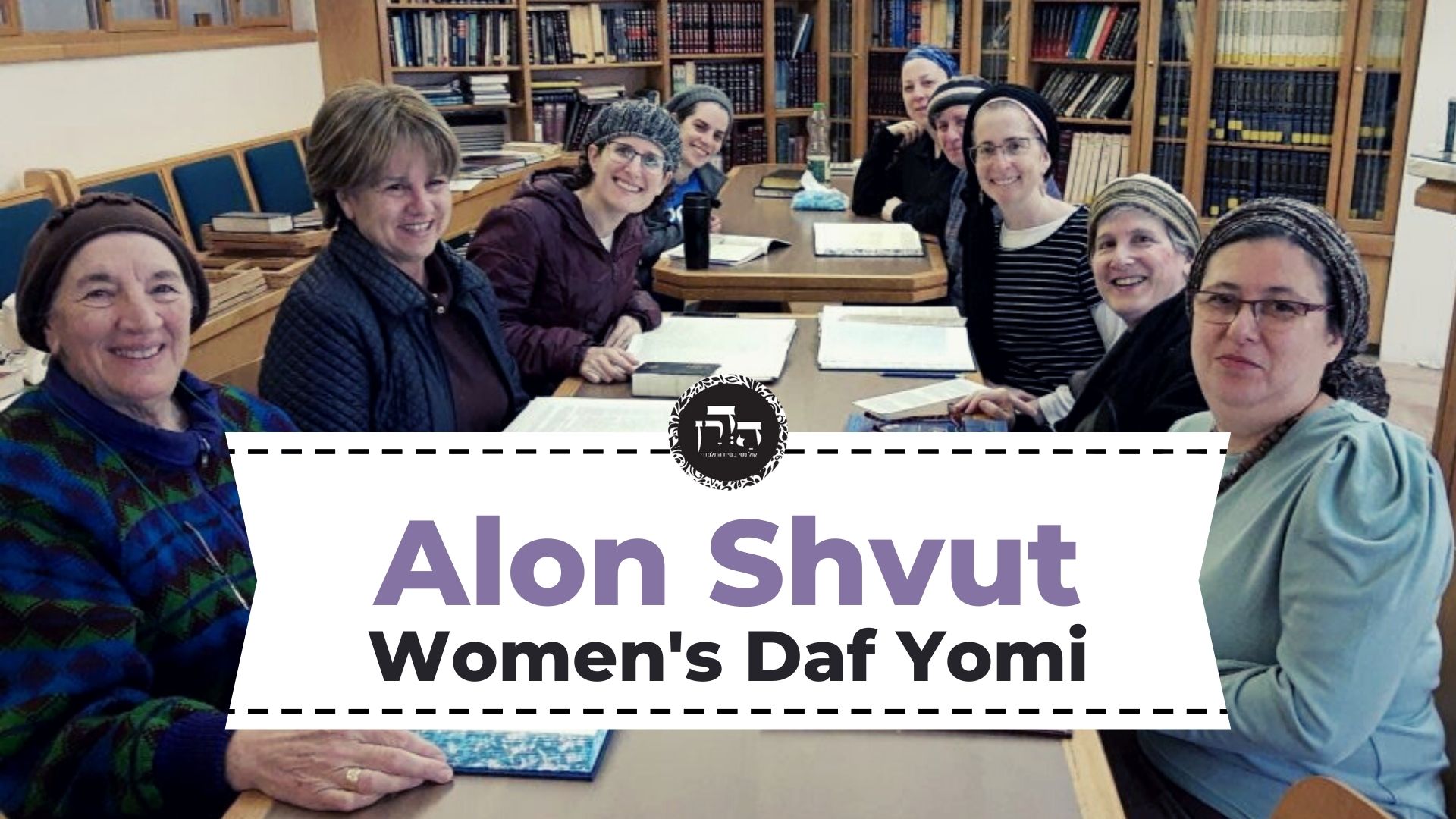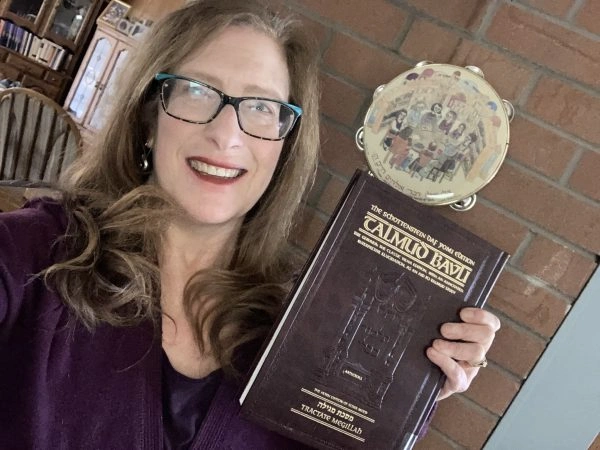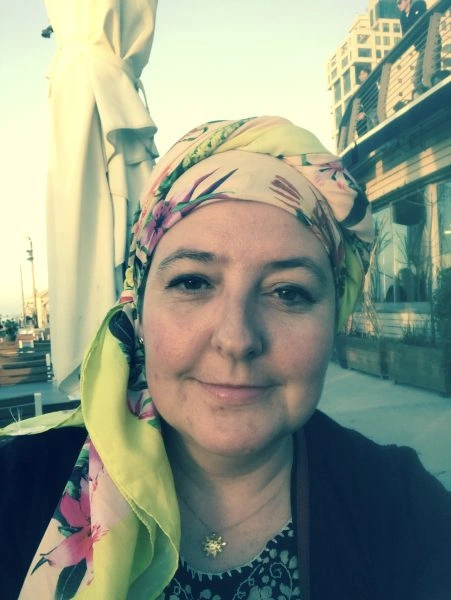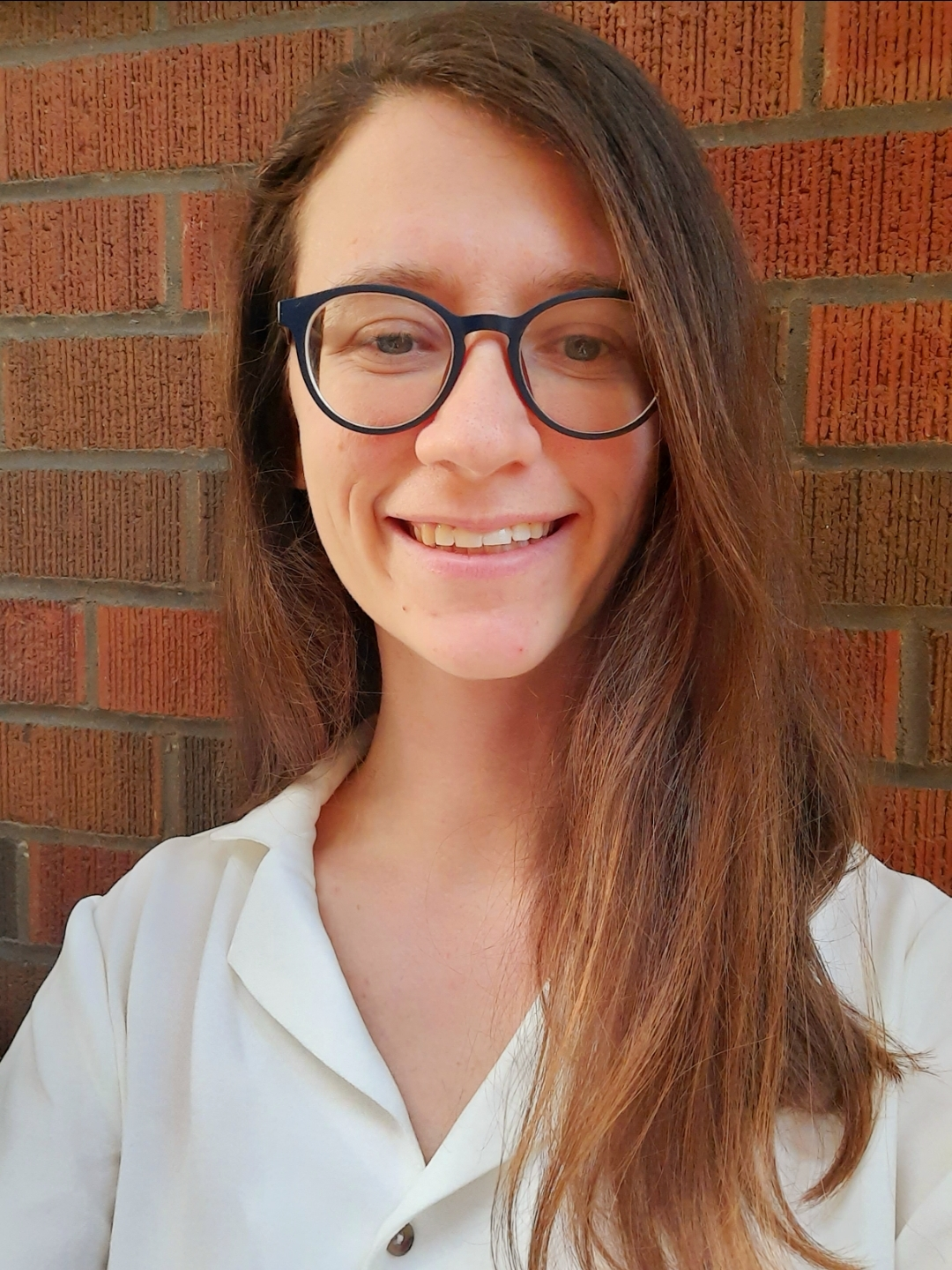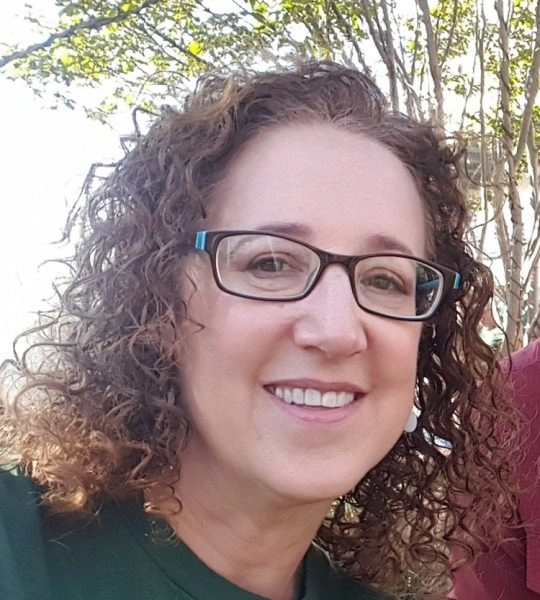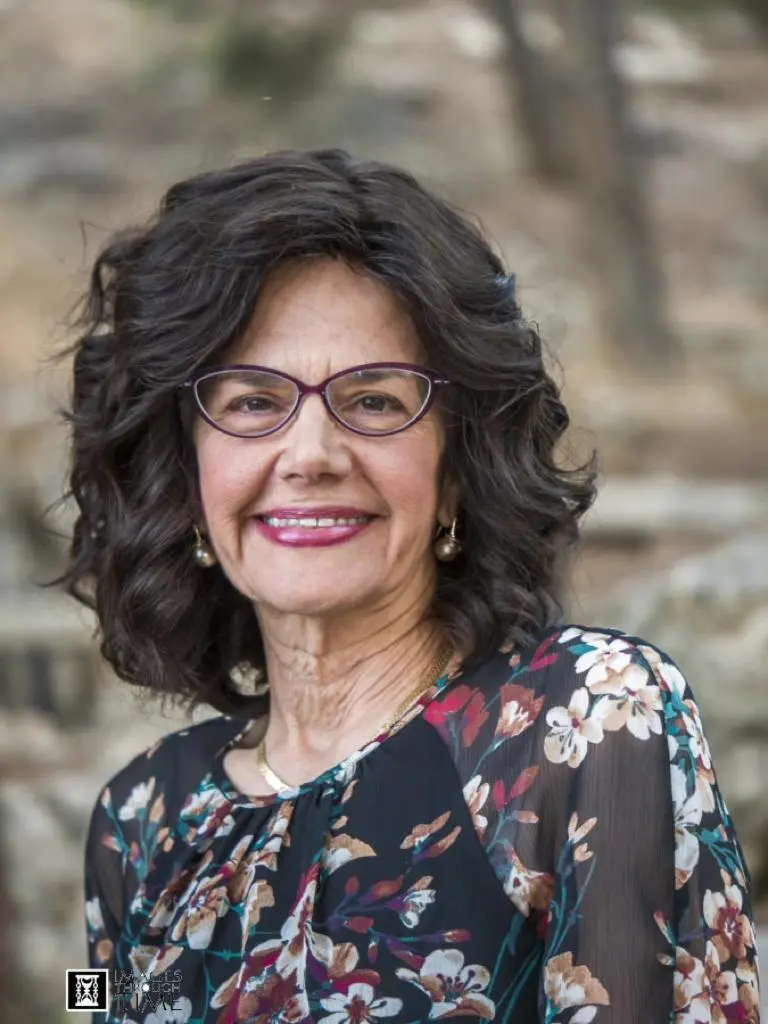Eruvin 98
מַנִּי? רַבִּי שִׁמְעוֹן הִיא, דְּאָמַר: כׇּל דָּבָר שֶׁהוּא מִשּׁוּם שְׁבוּת אֵינוֹ עוֹמֵד בִּפְנֵי כִּתְבֵי הַקּוֹדֶשׁ. אֵימָא סֵיפָא רַבִּי יְהוּדָה אוֹמֵר: אֲפִילּוּ אֵין מְסוּלָּק מִן הָאָרֶץ אֶלָּא מְלֹא הַחוּט גּוֹלְלוֹ אֶצְלוֹ. רַבִּי שִׁמְעוֹן אוֹמֵר: אֲפִילּוּ בָּאָרֶץ עַצְמָהּ גּוֹלְלוֹ אֶצְלוֹ —
who is the tanna of the mishna? It is Rabbi Shimon, who said: Anything that is prohibited on Shabbat and its prohibition is not by Torah law, but rather is due to a rabbinic decree issued to enhance the character of Shabbat as a day of rest does not stand as an impediment before the rescue of sacred writings. But if it is the opinion of Rabbi Shimon, say the latter clause of the mishna as follows: Rabbi Yehuda says: Even if the scroll is removed only a needle breadth from the ground, he rolls it back to himself; and Rabbi Shimon says: Even if the scroll is on the ground itself, he rolls it back to himself.
רֵישָׁא וְסֵיפָא רַבִּי שִׁמְעוֹן, מְצִיעֲתָא רַבִּי יְהוּדָה! אָמַר רַב יְהוּדָה: אִין, רֵישָׁא וְסֵיפָא רַבִּי שִׁמְעוֹן, מְצִיעֲתָא רַבִּי יְהוּדָה.
Is it possible that the tanna cited in the first clause of the mishna is Rabbi Shimon, as claimed above, while it is explicitly stated that the last clause represents the opinion of Rabbi Shimon, and yet its middle clause reflects the opinion of Rabbi Yehuda? Rav Yehuda said: Yes, that is the correct, albeit unconventional, explanation. The first and last clauses are in accordance with the opinion of Rabbi Shimon, while the middle clause of the mishna reflects the opinion of Rabbi Yehuda.
רַבָּה אָמַר: הָכָא בְּאִיסְקוּפָּה הַנִּדְרֶסֶת עָסְקִינַן, וּמִשּׁוּם בִּזְיוֹן כִּתְבֵי הַקֹּדֶשׁ שְׁרוֹ רַבָּנַן.
Rabba said that the mishna may be understood differently. Here, we are dealing with a threshold that is trodden upon by the public, and due to the potential degradation of the sacred writings the Sages permitted one to violate the rabbinic decree. It would be disgraceful if people were to trample over sacred writings.
אֵיתִיבֵיהּ אַבָּיֵי: תּוֹךְ אַרְבַּע אַמּוֹת — גּוֹלְלוֹ אֶצְלוֹ, חוּץ לְאַרְבַּע — הוֹפְכוֹ עַל הַכְּתָב. וְאִי אָמְרַתְּ בְּאִיסְקוּפָּה נִדְרֶסֶת עָסְקִינַן, מָה לִי תּוֹךְ אַרְבַּע אַמּוֹת מָה לִי חוּץ לְאַרְבַּע אַמּוֹת?
Abaye raised an objection to his explanation: It was taught that if the scroll rolled within four cubits, he rolls it back to himself; if it rolled beyond four cubits, he turns it over onto its writing. And if you say we are dealing with a threshold that is trodden on by the public, what difference is there to me whether it remained within four cubits and what difference is there to me if it rolled beyond four cubits? Since the prohibition is a rabbinic decree, not a Torah prohibition, why isn’t one permitted to move the scroll in both cases to prevent the degradation of the sacred writings?
אֶלָּא אָמַר אַבָּיֵי: הָכָא בְּאִיסְקוּפָּה כַּרְמְלִית עָסְקִינַן, וּרְשׁוּת הָרַבִּים עוֹבֶרֶת לְפָנֶיהָ.
Rather, Abaye said: Here, we are dealing with a threshold that is a karmelit, as the threshold is four handbreadths wide but is less than ten handbreadths high. Furthermore, on one side of the karmelit there is a private domain, and a public domain passes before it.
תּוֹךְ אַרְבַּע אַמּוֹת, דְּאִי נָפֵיל וּמַיְיתִי לֵיהּ לָא אָתֵי לִידֵי חִיּוּב חַטָּאת — שָׁרוּ לֵיהּ רַבָּנַן.
The reason for the different rulings is as follows: If the scroll rolled within four cubits, even if the entire scroll falls out of the one’s hand and he brings it back, he cannot incur liability to bring a sin-offering, as the prohibition against carrying from a public domain to a karmelit is a rabbinic decree. Consequently, the Sages permitted him to roll it back to himself, as there is no danger of transgressing a Torah prohibition.
חוּץ לְאַרְבַּע אַמּוֹת, דְּאִי מַיְיתֵי לֵיהּ אָתֵי לִידֵי חִיּוּב חַטָּאת — לָא שָׁרוּ לֵיהּ רַבָּנַן.
However, if it rolled beyond four cubits, so that if he brings it back he incurs liability to bring a sin-offering, as carrying an object four cubits in the public domain is prohibited by Torah law, the Sages did not permit him to roll it back. In this case, if he forgot and carried the scroll instead of rolling it, he would be violating a severe prohibition.
אִי הָכִי, תּוֹךְ אַרְבַּע אַמּוֹת נָמֵי נִגְזַר דִּילְמָא מְעַיֵּיל מֵרְשׁוּת הָרַבִּים לִרְשׁוּת הַיָּחִיד. וְכִי תֵּימָא כֵּיוָן דְּמַפְסֶקֶת כַּרְמְלִית לֵית לַן בַּהּ, וְהָאָמַר רָבָא: הַמַּעֲבִיר חֵפֶץ מִתְּחִלַּת אַרְבַּע לְסוֹף אַרְבַּע, וְהֶעֱבִירוֹ דֶּרֶךְ עָלָיו — חַיָּיב.
The Gemara asks: If so, let us likewise issue a decree in the case where the scroll remained within four cubits, lest he bring the scroll in from the public domain to the private domain, i.e., to his house. And lest you say: Since a karmelit separates the public and private domains we have no problem with it, as nothing is directly carried from one domain to the other, didn’t Rava say: One who carries an object from the beginning of four cubits to the end of four cubits in the public domain, and he carried it by way of the airspace above his head, he is liable, even though the object remained more than ten handbreadths off the ground and passed from the beginning to the end of four cubits by way of an exempt zone? Here, too, one should be liable for carrying the scroll from the public domain to a private domain by way of a karmelit.
הָכָא בְּמַאי עָסְקִינַן, בְּאִיסְקוּפָּה אֲרוּכָּה, אַדְּהָכִי וְהָכִי מִידְּכַר.
The Gemara answers: With what are we dealing here? We are dealing with an extended threshold. Consequently, in the meantime, while he is carrying the scroll along the length of the threshold, he will remember not to bring it into the private domain.
וְאִיבָּעֵית אֵימָא: לְעוֹלָם בְּאִסְקוּפָּה שֶׁאֵינָהּ אֲרוּכָּה, וּסְתָם כִּתְבֵי הַקֹּדֶשׁ עַיּוֹנֵי מְעַיֵּין בְּהוּ וּמַנַּח לְהוּ. וְלֵיחוּשׁ דִּילְמָא מְעַיֵּין בְּהוּ בִּרְשׁוּת הָרַבִּים וְעָיֵיל לְהוּ בְּהֶדְיָא לִרְשׁוּת הַיָּחִיד.
And if you wish, say instead: Actually, it is referring to a threshold that is not extended; however, ordinarily one peruses sacred writings and then puts them in their place. Consequently, there is no concern that he might pass directly from the public to the private domain, as he will pause on the threshold to read the scroll. The Gemara asks: According to this explanation too, let us be concerned lest he pause to peruse the scroll in the public domain, and subsequently carry it directly into the private domain without pausing in the karmelit.
הָא מַנִּי בֶּן עַזַּאי הִיא, דְּאָמַר: מְהַלֵּךְ כְּעוֹמֵד דָּמֵי. וְדִילְמָא זָרֵיק לְהוּ מִזְרָק, דְּאָמַר רַבִּי יוֹחָנָן: מוֹדֶה בֶּן עַזַּאי בְּזוֹרֵק.
The Gemara answers: In accordance with whose opinion is this mishna? It is the opinion of Ben Azzai, who said that walking is considered like standing. Consequently, one who passes through the karmelit is considered to have paused and stood there. Therefore, the object was not transferred directly from the public domain to the private domain, as he paused in the karmelit. The Gemara asks: But what of the concern lest he throw the scrolls inside, rather than carry them by hand, as Rabbi Yoḥanan said: Ben Azzai concedes that one who throws an object from the public domain to a private domain by way of an exempt domain is liable?
אָמַר רַב אַחָא בַּר אַהֲבָה: זֹאת אוֹמֶרֶת אֵין מְזָרְקִין כִּתְבֵי הַקּוֹדֶשׁ.
The Gemara answers that Rav Aḥa bar Ahava said: That is to say that one does not throw sacred writings, as this is demeaning to them. Consequently, there is no concern that one might throw the scrolls rather than carry them by hand.
הָיָה קוֹרֵא בְּרֹאשׁ הַגָּג וְכוּ׳. וּמִי שְׁרֵי? וְהָתַנְיָא: כּוֹתְבֵי סְפָרִים תְּפִילִּין וּמְזוּזוֹת לֹא הִתִּירוּ לָהֶן לְהַפֵּךְ יְרִיעָה עַל פָּנֶיהָ, אֶלָּא פּוֹרֵס עָלֶיהָ אֶת הַבֶּגֶד!
It was stated in the mishna: If one was reading on top of the roof, which is a full-fledged private domain, and the scroll rolled from his hand, as long as the edge of the scroll did not reach ten handbreadths above the public domain, he may roll it back to himself. However, once the scroll reached within ten handbreadths above the public domain, it is prohibited to roll it back. In that case, he should turn it over, so that the writing of the scroll will be facedown and not be exposed and degraded. The Gemara asks: And is it permitted to do so? Wasn’t it taught in a baraita that with regard to writers of scrolls, phylacteries, and mezuzot who interrupt their work, the Sages did not permit them to turn the sheet of parchment facedown lest it become soiled? Rather, one spreads a cloth over it in a respectful manner.
הָתָם אֶפְשָׁר, הָכָא לָא אֶפְשָׁר, וְאִי לָא אָפֵיךְ אִיכָּא בִּזְיוֹן כִּתְבֵי הַקּוֹדֶשׁ טְפֵי.
The Gemara answers: There, with regard to scribes, it is possible to cover the parchment respectfully; here, it is not possible to do so. And if he does not turn the scroll over, it will be more degrading to the sacred writings. Consequently, although this is not an ideal solution, it is preferable to turn it over rather than leave the scroll exposed.
הוֹפְכוֹ עַל הַכְּתָב? וְהָא לָא נָח! [אָמַר רָבָא:] בְּכוֹתֶל מְשׁוּפָּע.
The mishna states: Once the scroll has reached within ten handbreadths above the public domain, it is prohibited to roll it back to oneself, and one turns it over onto the writing. The Gemara asks: But why is this prohibited? Since the scroll did not come to rest in the public domain, rolling it back to oneself should not be prohibited. Rava said: This teaching is referring to an inclined wall. Although the scroll did not reach the ground, it came to rest within the confines of the public domain.
[אֲמַר לֵיהּ אַבָּיֵי:] בְּמַאי אוֹקֵימְתָּא לְמַתְנִיתִין? בְּכוֹתֶל מְשׁוּפָּע, אֵימָא סֵיפָא, רַבִּי יְהוּדָה אוֹמֵר: אֲפִילּוּ אֵינוֹ מְסוּלָּק מִן הָאָרֶץ אֶלָּא מְלֹא הַחוּט — גּוֹלְלוֹ אֶצְלוֹ, וְהָא נָח לֵיהּ!
Abaye said to him: In what manner did you establish that the mishna is referring to the case of an inclined wall? Say the latter clause of the mishna as follows: Rabbi Yehuda says: Even if the scroll is removed only a needle breadth from the ground, he rolls it back to himself. But didn’t the scroll come to rest in the public domain? It shouldn’t matter whether or not the scroll is in contact with the ground.
חַסּוֹרֵי מִיחַסְּרָא, וְהָכִי קָתָנֵי: בַּמֶּה דְּבָרִים אֲמוּרִים — בְּכוֹתֶל מְשׁוּפָּע, אֲבָל
The Gemara answers: The mishna is incomplete and is teaching the following: In what case is this statement said? It is said in the case of an inclined wall. However,
בְּכוֹתֶל שֶׁאֵינוֹ מְשׁוּפָּע, לְמַעְלָה מִשְּׁלֹשָׁה — גּוֹלְלוֹ אֶצְלוֹ, לְמַטָּה מִשְּׁלֹשָׁה — הוֹפְכוֹ עַל הַכְּתָב.
with regard to a wall that is not inclined, the following distinction applies: If the end of the scroll is three handbreadths above the ground, he may roll it back to himself; but if it is below three handbreadths from the ground, it is considered as though the scroll is on the ground, and he must therefore turn it facedown onto the writing.
רַבִּי יְהוּדָה אוֹמֵר אֲפִילּוּ אֵינוֹ מְסוּלָּק מִן הָאָרֶץ וְכוּ׳. דְּבָעֵינַן הַנָּחָה עַל גַּבֵּי מַשֶּׁהוּ.
It was stated in the mishna that Rabbi Yehuda says: Even if the scroll is removed only a needle breadth from the ground, one rolls it back to himself. The Gemara explains: Rabbi Yehuda maintains that in order for an object to be deemed at rest, we require that it rest atop something. Consequently, a scroll that is not actually touching the ground is not considered resting and may be rolled back.
וְאֶלָּא הָא דְּאָמַר רָבָא: תּוֹךְ שְׁלֹשָׁה לְרַבָּנַן צָרִיךְ הַנָּחָה, לֵימָא כְּתַנָּאֵי אַמְרַהּ לִשְׁמַעְתֵּיהּ?!
The Gemara asks: But consider that which Rava said with regard to an object located within three handbreadths of the ground. Rava said that according to the opinion of the Rabbis, who disagree with Rabbi Akiva and claim that something in the air is not considered to be at rest, nevertheless, for one to incur liability it is necessary for the object to rest on a surface. Let us say that he stated his halakha in accordance with only one of the tanna’im, but not in accordance with all of them. This is an unacceptable conclusion.
אֶלָּא: כּוּלַּהּ רַבִּי יְהוּדָה הִיא, וְחַסּוֹרֵי מִיחַסְּרָא, וְהָכִי קָתָנֵי: בַּמֶּה דְּבָרִים אֲמוּרִים — בְּכוֹתֶל מְשׁוּפָּע, אֲבָל בְּכוֹתֶל שֶׁאֵינוֹ מְשׁוּפָּע — אֲפִילּוּ פָּחוֹת מִשְּׁלֹשָׁה טְפָחִים גּוֹלְלוֹ אֶצְלוֹ. שֶׁרַבִּי יְהוּדָה אוֹמֵר: אֲפִילּוּ אֵינוֹ מְסוּלָּק מִן הָאָרֶץ אֶלָּא מְלֹא הַחוּט — גּוֹלְלוֹ אֶצְלוֹ.
Rather, the Gemara rejects the previous explanation in favor of the following one: The mishna is all in accordance with Rabbi Yehuda, and it is incomplete and is teaching the following: In what case is this statement that once the end of the scroll is within ten handbreadths of the ground it may not be rolled back said? It was said in the case of an inclined wall. But with regard to a wall that is not inclined, even if the end of the scroll is less than three handbreadths from the ground, one may roll it back to himself, as Rabbi Yehuda says: Even if the scroll is removed only a needle breadth from the ground, he rolls it back to himself.
מַאי טַעְמָא? דְּבָעֵינַן הַנָּחָה עַל גַּבֵּי מַשֶּׁהוּ.
What is the reason for this ruling? The reasoning is that for an object to be considered at rest, we require that it rest atop some surface. Consequently, if the scroll is not actually touching the ground, it is not considered at rest, even if it is less than three handbreadths from the ground.
מַתְנִי׳ זִיז שֶׁלִּפְנֵי חַלּוֹן — נוֹתְנִין עָלָיו וְנוֹטְלִין מִמֶּנּוּ בְּשַׁבָּת.
MISHNA: With regard to a ledge in front of a window, that is ten handbreadths high and four handbreadths wide, one may place objects upon it or remove them from it on Shabbat via the window.
גְּמָ׳ הַאי זִיז דְּמַפֵּיק לְהֵיכָא? אִילֵּימָא דְּמַפֵּיק לִרְשׁוּת הָרַבִּים — לֵיחוּשׁ דִּילְמָא נָפֵיל, וְאָתֵי לְאֵיתוֹיֵי. אֶלָּא דְּמַפֵּיק לִרְשׁוּת הַיָּחִיד, פְּשִׁיטָא!
GEMARA: The Gemara clarifies: This ledge, to where does it protrude? If you say that the ledge protrudes into a public domain, one should be prohibited to place an object on it, as we should be concerned lest the object fall and he will forget and come to bring it in from the public domain to a private domain. Rather, it must be that the ledge protrudes into a private domain; but if so, it is obvious that it is permitted to place objects on it and to remove them.
אָמַר אַבָּיֵי: לְעוֹלָם דְּמַפֵּיק לִרְשׁוּת הָרַבִּים, וּמַאי ״נוֹתְנִין עָלָיו״ דְּקָתָנֵי, כֵּלִים הַנִּשְׁבָּרִים.
Abaye said: Actually, the mishna is dealing with a case where it protrudes into a public domain, and what is the meaning of that which it teaches: One may place objects upon it? This refers to fragile utensils, which would break instantly if they fell. Consequently, there is no concern that one might then bring them in from the public domain to the private domain.
תַּנְיָא נָמֵי הָכִי: זִיז שֶׁלִּפְנֵי הַחַלּוֹן הַיּוֹצֵא לִרְשׁוּת הָרַבִּים — נוֹתְנִין עָלָיו קְעָרוֹת וְכוֹסוֹת, קִיתוֹנִיּוֹת וּצְלוֹחִיּוֹת.
The Gemara comments: That was also taught in a baraita: With regard to a ledge in front of a window that protrudes into a public domain, one may place on it bowls, cups, small cups [kitoniyot], and saucers. All of these utensils are made of fragile glass or earthenware, which supports Abaye’s opinion.
וּמִשְׁתַּמֵּשׁ בְּכׇל הַכּוֹתֶל עַד עֲשָׂרָה הַתַּחְתּוֹנִים. וְאִם יֵשׁ זִיז אֶחָד לְמַטָּה מִמֶּנּוּ — מִשְׁתַּמֵּשׁ בּוֹ, וּבָעֶלְיוֹן אֵין מִשְׁתַּמֵּשׁ בּוֹ אֶלָּא כְּנֶגֶד חַלּוֹנוֹ.
The baraita continues: And one may use this ledge along the entire length of the wall, if the ledge spans its length, whether in close proximity to the window or removed from it, until the lower ten handbreadths of the wall, but not if the ledge is lower than that. And if there is one other ledge below it but still ten handbreadths above the ground, one may use the lower ledge along the entire length of the wall; but with regard to the upper ledge, one may use it only opposite his window.
הַאי זִיז הֵיכִי דָּמֵי? אִי דְּלֵית בֵּיהּ אַרְבָּעָה — מְקוֹם פְּטוּר הוּא, וַאֲפִילּוּ כְּנֶגֶד חַלּוֹנוֹ נָמֵי לָא יִשְׁתַּמֵּשׁ. וְאִי אִית בֵּיהּ אַרְבָּעָה — בְּכוּלֵּי הַכּוֹתֶל לִישְׁתַּמֵּשׁ.
The Gemara asks: This upper ledge, what are its circumstances? If it is not four handbreadths deep, although it is an exempt domain with regard to the halakhot of Shabbat, which means it does not pose a problem in itself, one should nonetheless not be permitted to use it even opposite his window, as anything placed on this narrow ledge is likely to fall. Consequently, it is as though he has thrown the object directly to the ground. And if it is four handbreadths deep, let him use the ledge along the entire length of the ledge along the wall.
אָמַר אַבָּיֵי: תַּחְתּוֹן דְּאִית בֵּיהּ אַרְבָּעָה, וְעֶלְיוֹן לֵית בֵּיהּ אַרְבָּעָה וְחַלּוֹן מַשְׁלִימָתוֹ לְאַרְבָּעָה. כְּנֶגֶד חַלּוֹן — מִשְׁתַּמֵּשׁ, דְּחוֹרֵי חַלּוֹן הוּא. דְּהַאי גִּיסָא וּדְהַאי גִּיסָא — אָסוּר.
Abaye said: We are dealing with a case where the lower ledge is four handbreadths deep and the upper ledge is not four handbreadths deep, but the windowsill on the inside completes it to form a surface four handbreadths deep. Accordingly, one may use the part of the upper ledge opposite the window, as it is considered an extension of the window, but the parts to this side or to that side of the window are prohibited, as they are less than four handbreadths deep.
מַתְנִי׳ עוֹמֵד אָדָם בִּרְשׁוּת הַיָּחִיד וּמְטַלְטֵל בִּרְשׁוּת הָרַבִּים. בִּרְשׁוּת הָרַבִּים וּמְטַלְטֵל בִּרְשׁוּת הַיָּחִיד, וּבִלְבַד שֶׁלֹּא יוֹצִיא חוּץ מֵאַרְבַּע אַמּוֹת.
MISHNA: A person may stand in a private domain and move objects that are in a public domain, as there is no concern that he might mistakenly bring them into the private domain. Similarly, one may stand in a public domain and move objects in a private domain, provided that he does not carry them beyond four cubits in the public domain, which is prohibited on Shabbat.
לֹא יַעֲמוֹד אָדָם בִּרְשׁוּת הַיָּחִיד וְיַשְׁתִּין בִּרְשׁוּת הָרַבִּים, בִּרְשׁוּת הָרַבִּים וְיַשְׁתִּין בִּרְשׁוּת הַיָּחִיד, וְכֵן לֹא יָרוֹק.
However, a person may not stand in a private domain and urinate into a public domain, nor may one stand in a public domain and urinate into a private domain. And likewise, one may not spit in such a manner that the spittle passes from a private domain to a public domain or vice versa.
רַבִּי יְהוּדָה אוֹמֵר: אַף מִשֶּׁנִּתְלַשׁ רוּקּוֹ בְּפִיו, לֹא יְהַלֵּךְ אַרְבַּע אַמּוֹת עַד שֶׁיָּרוֹק.
Rabbi Yehuda says: Even once a person’s spittle is gathered in his mouth, he may not walk four cubits in the public domain until he spits it out, for he would be carrying the accumulated spittle in his mouth, which is akin to carrying any other object.
גְּמָ׳ מַתְנֵי לֵיהּ רַב חִינָּנָא בַּר שֶׁלֶמְיָא לְחִיָּיא בַּר רַב קַמֵּיהּ דְּרַב: לֹא יַעֲמוֹד אָדָם בִּרְשׁוּת הַיָּחִיד וּמְטַלְטֵל בִּרְשׁוּת הָרַבִּים. אֲמַר לֵיהּ: שָׁבְקַתְּ רַבָּנַן וְעָבְדַתְּ כְּרַבִּי מֵאִיר?!
GEMARA: Rav Ḥinnana bar Shelamiya would teach this mishna to Ḥiyya bar Rav before Rav as follows: A person may not stand in a private domain and move objects that are in a public domain. Rav said to him: Have you abandoned the majority opinion of the Rabbis and followed the solitary dissenting opinion of Rabbi Meir, who is stringent in this regard?



